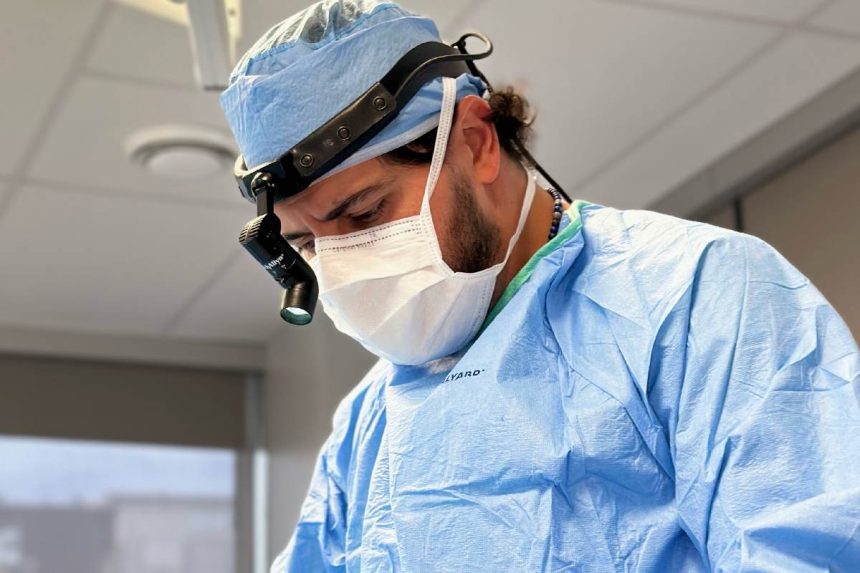In Canadian aesthetic medicine, a relatively quiet but substantial change is happening. More young adults are seeking preventative cosmetic procedures, particularly rhinoplasty. The “prejuvenation” trend involves subtle surgical enhancements performed before visible signs of aging set in. Originally seen as a corrective surgery, rhinoplasty is now becoming part of a long-term strategy to maintain facial harmony.
Dr. Zahi Abou Chacra, a Canadian rhinoplasty surgeon, has seen this trend firsthand. “I have more patients between 18 and 25 who are looking for subtle changes. They want to polish their features now so that they can feel more confident and avoid bigger procedures later,” he says.
Older generations typically waited until their 30s or 40s to fix cosmetic issues. Today’s patients are arriving earlier, prepped with research, digital references, and more specific goals. This demographic is also more open to blending aesthetic goals with preventative thinking. In rhinoplasty, this could be straightening a dorsal hump before it becomes a bigger issue or reinforcing structural integrity to maintain nasal function over time.
The appeal of early intervention is supported by growing public awareness of the aging process. Facial proportions slowly change over time due to loss of bone and soft tissue support, and early rhinoplasty can help maintain balance. This is especially true for patients with noses that may dominate the face in youth, where subtle contouring now can lead to greater satisfaction decades later.
“We have to look at it long-term. A well-executed rhinoplasty at 20 should still look good at 40. That means planning for facial development, not just reacting to what’s present today,” says Dr. Chacra.
Patients are also motivated by online trends. Video content and high-resolution selfies are now a part of everyday life, so appearance is more scrutinized than ever. Still, the goal is prevention instead of perfection. Subtle refinement can help patients avoid a reactive relationship with cosmetic care later in life.
“Today’s patients don’t want to fix things when they break. They want to invest in how they age. That’s a very different conversation than I had with patients even five years ago,” says Dr. Chacra.
The surgical approach to prejuvenation rhinoplasty reflects this mindset. Less invasive and cartilage-preserving techniques and internal incisions are preferred. Many procedures are closed rather than open, and the focus is on structural support instead of aggressive reshaping. These methods reduce scarring and maintain flexibility for future interventions, should they ever be needed.
This approach is particularly attractive to patients trying to avoid the stigma of cosmetic surgery. Recovery is faster, the results are understated, and the long-term physical and emotional benefits can be significant.
Canadian surgeons are also seeing a rise in patients combining functional concerns with aesthetic “prejuvenation”. Nasal valve collapse, deviated septums, or long-standing breathing issues are now addressed alongside modest external refinements. This combination allows for improved airway health while also achieving a lifelong cosmetic goal.
International research shows that more than 80% of rhinoplasty patients seek surgery for both functional and aesthetic reasons. This dual-purpose strategy is shaping how surgeons plan procedures and consult with younger demographics.
Dr. Chacra emphasizes the importance of careful evaluation in younger patients.
“The nose must be mature enough to operate on, especially in teenagers. Patients should not get these procedures until they are at least 18 years old. Once growth is complete, we can safely design a result that evolves with the face. Long-term satisfaction starts with long-term planning.”
As rhinoplasty evolves in Canada, the rise of prejuvenation offers a compelling look into the mindset of younger patients. Rather than chasing beauty standards, they are actively choosing subtle, preventative options that prioritize balance, breathability, and future confidence.






